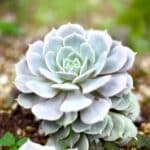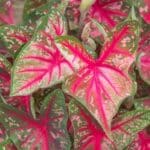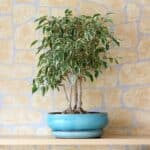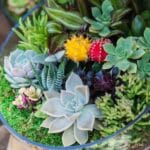Both the Philodendron Bipinnatifidum vs Selloum are non-climbing vine plants with too many similarities that'd seem almost impossible to tell if any difference exists.
But with queer observation and resourceful research, we've been able to develop a complete guide that would help you decipher between the plant whenever the need arises.
Oftentimes you might also be faced with the choice of picking one of these two plants for your home or office space.
Before you make your choice, make sure you read everything we've got to say about each of these plants.
Table of Contents
What is Philodendron Bipinnatifidum?
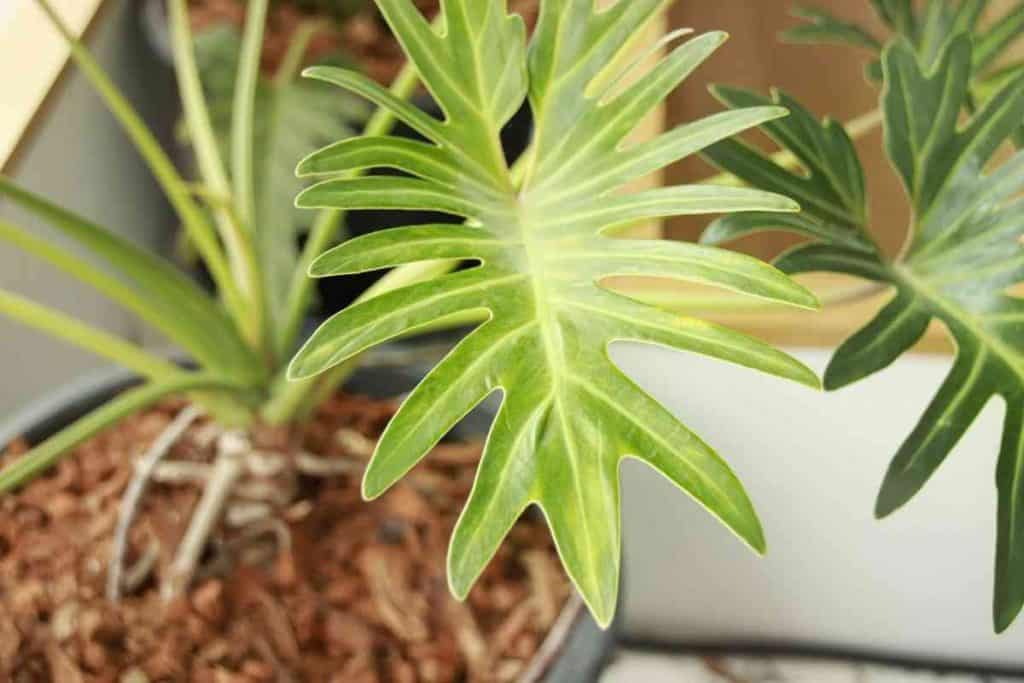
The Philodendron Bipinnatifidum has many common names. Chief amongst these names is the lacy tree Philodendron. Which is a fitting name giving the lacy feature the plant's leaves portray.
The Philodendron Bipinnatifidum belongs to the family Araceae and the genus Thaumatophyllum. This plant is a native plant of southern America common to places like Brazil, Bolivia, Paraguay, and Argentina.
Unlike many plants belonging to the family of Araceae, the Bipinnatifidum is a tropical plant that's grown in full sun although it can still survive by taking up deep shade.
The plant, however, grows in rich soil that is moisture-retentive and could also be barely alkaline. It's an epiphytic plant meaning when giving the chance, the plant would attach to a healthy tree and derive most of it need plant nutrient from the tree.
The Bipinnatifidum has aerial roots and it is known to cover landmass and the absorber of moisture and nutrient from the soil. It's rare to have cases of root rots in this plant.
Related Post: Philodendron Selloum Vs Xanadu
What is Philodendron Selloum?
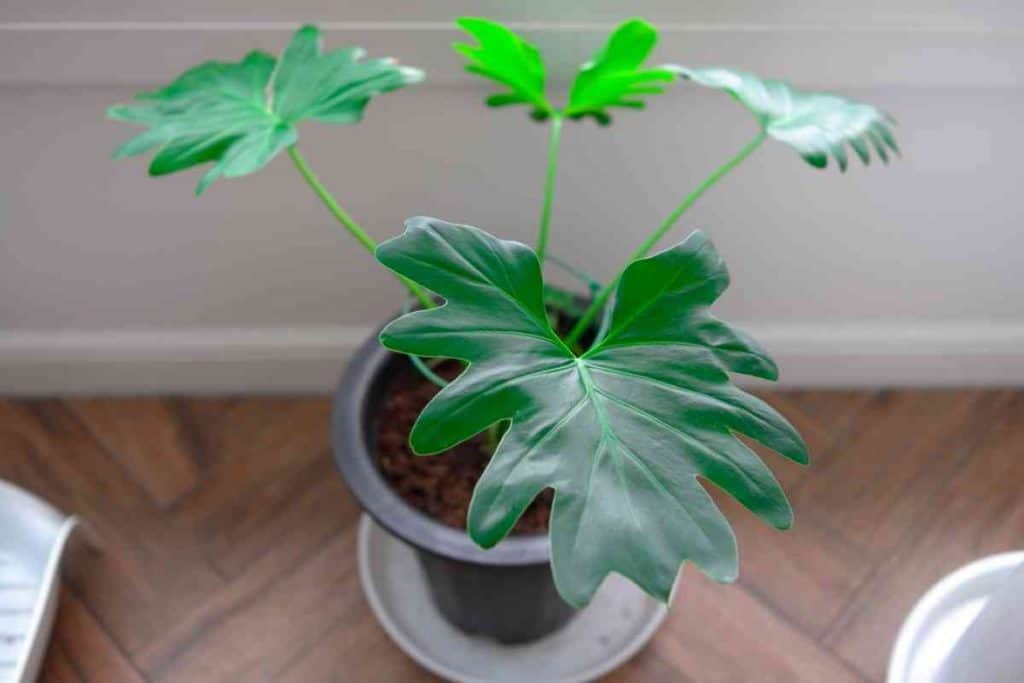
The Philodendron Selloum is also a native of southern American and with many outlook features that makes it compare with the Bipinnatifidum. And too often it's believed to be the same plant.
However, the Philodendron Selloum has dark green shiny leaves that are usually large with lobes that are buried deep with its stem.
The Philodendron Selloum is a lush, wild, and tropical indoor plant. It loves a good ambiance and wide spacing area to help the plant breathe without being choked up amongst others.
There isn't one thing that's complicated when it comes to growing and tending for this plant. Selloum requires indirect sunlight to grow. So, you'd be fine as long as it stays around the north-facing windows of your room.
Also maintaining a room temperature of around 25°C is best suited for better performance of the plant. Watering could be done once a week with a sprinkler or watering can whichever is available.
This plant takes lots of space and can grow up to a width of 7 -8 feet. It's a poisonous houseplant. Always keep them out of reach for kids and pets to be safe.
Philodendron Bipinnatifidum Vs Selloum | Key Differences
The Philodendron Selloum is different from the Philodendron Bipinnatifidum in several ways. These don't feature usually easy to spot as in most comparative articles but they are still there and we'd address these differences below:
The Philodendron Selloum is poisonous and can have a similar symptom to food poisoning when it's chewed or swallowed.
However, the Philodendron Bipinnatifidum is not as lenient in its toxicity as mere rubbing it against the skin might cause skin irritation depending on the individual or their skin condition. The Bipinnatifidum also has saps that contribute greatly to skin irritation in many.
It takes 15-20 years for the Bipinnatifidum to grow into a certain length and limit. But it takes the Selloum far lesser time.
Related Post: Philodendron Hope Vs Selloum
Similarities Between Philodendron Bipinnatifidum and Philodendron Selloum

Neither of these plants outdoes the other because they have so much in common. For most people, it's impossible to tell the difference.
Here's a full-on delve into everything these plants share in common:
Both of these plants are non-vine climbing plants as they better take roots in soil or trees which they grow on.
Both plants can take up space around them up to 5 feet.
Both plants have the same structured feeding habit and almost the same basic growth requirement to keep them in shape.
Both plants are considered toxic and could significantly affect when consumed. So, stay off the Philodendron diet and ensure to keep these plants out of reach to kids and pets.
Both plants do not need direct sunlight impact as it might be too scorching for their leaves and vine.
Both plants are from the same family of Araceae which consist of a larger variety of Philodendrons.
Both of these plants are easy to care for and own.
They can also be propagated using the same propagation technique.
What’s Good About Philodendron Bipinnatifidum?
With so many similarities it might be hard to tell which of these plants works best for you. But you should have a look at Philodendron Bipinnatifidum and experience how it makes you feel and how well you love the ambiance it provides before purchase.
What's Good About Philodendron Selloum?
Are you looking to purchase the Philodendron Selloum and are confused as to what can contribute to making it a better choice over Bipinnatifidum?
Sadly, there's nothing within the looks and structure of the plants that we can call out as a significant difference but if you'd rather maintain a great look of your living area and want a plant that wouldn't leave exposure to skin irritation, then the Philodendron Selloum is for you.

